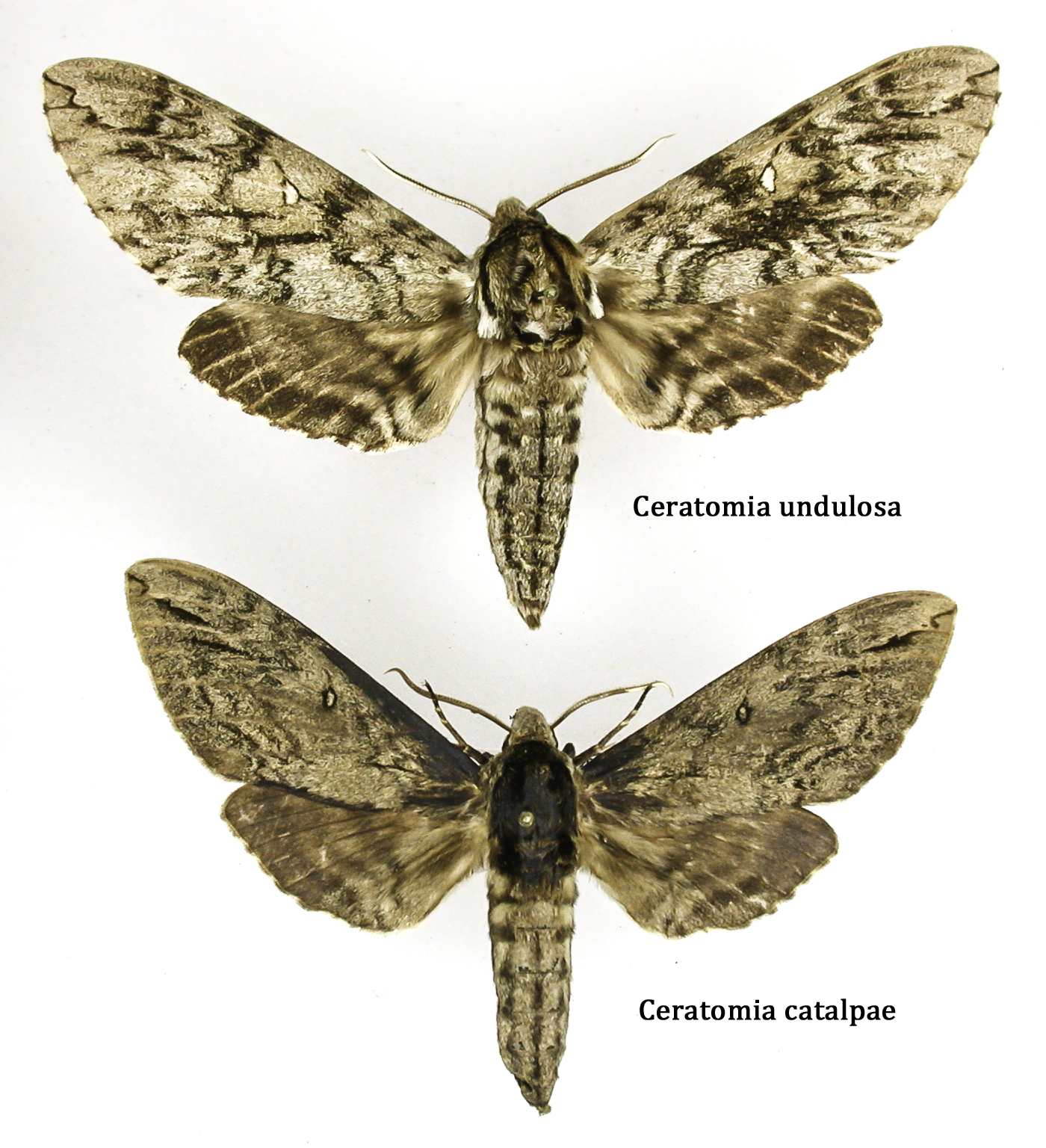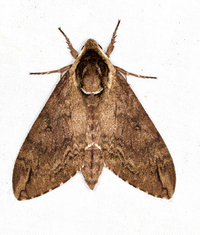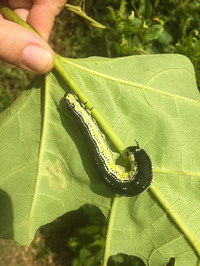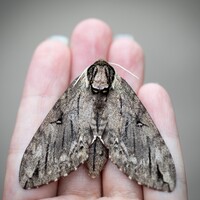
| Recorded by: Simpson Eason on 2025-09-01
Durham Co.
Comment: | 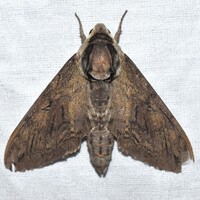
| Recorded by: Jeff Niznik, David George on 2025-08-29
Moore Co.
Comment: |
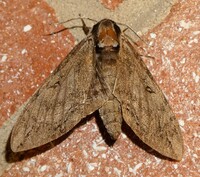
| Recorded by: Simpson Eason on 2025-07-10
Durham Co.
Comment: | 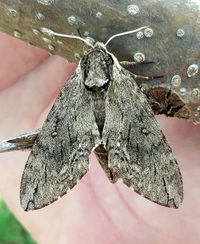
| Recorded by: Mark Basinger on 2024-08-06
Mitchell Co.
Comment: |
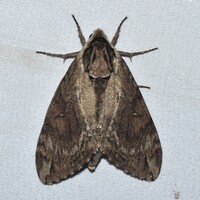
| Recorded by: Jeff Niznik on 2024-07-26
Alamance Co.
Comment: | 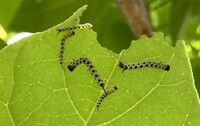
| Recorded by: Dean Furbish on 2024-06-10
Wake Co.
Comment: |
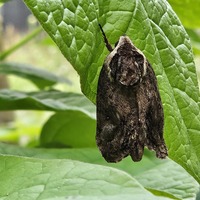
| Recorded by: Nicole Herring on 2024-05-10
Sampson Co.
Comment: | 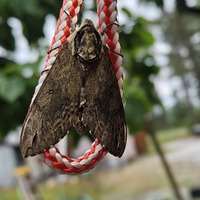
| Recorded by: Nicole Herring on 2024-05-10
Sampson Co.
Comment: |
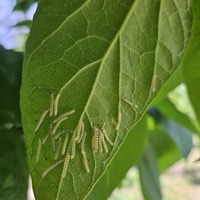
| Recorded by: Nicole Herring on 2024-05-10
Sampson Co.
Comment: | 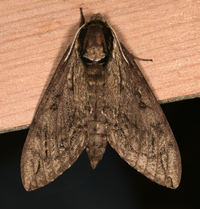
| Recorded by: Jim Petranka and Becky Elkin on 2023-09-25
Madison Co.
Comment: |

| Recorded by: Jim Petranka and Becky Elkin on 2023-09-25
Madison Co.
Comment: | 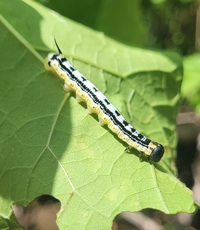
| Recorded by: Andrew W. Jones on 2023-09-06
Macon Co.
Comment: |
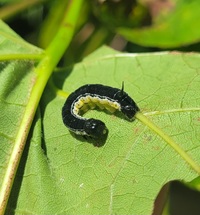
| Recorded by: Andrew W. Jones on 2023-09-06
Macon Co.
Comment: | 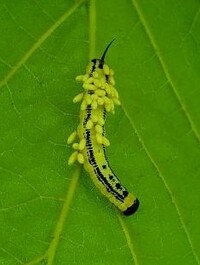
| Recorded by: Simpson Eason on 2023-09-02
Ashe Co.
Comment: |
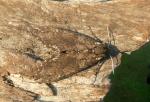
| Recorded by: R. Newman on 2023-08-19
Carteret Co.
Comment: | 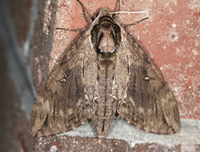
| Recorded by: Jim Petranka on 2023-08-15
Madison Co.
Comment: |
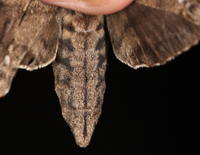
| Recorded by: Jim Petranka on 2023-08-15
Madison Co.
Comment: | 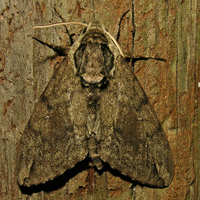
| Recorded by: Owen McConnell on 2023-07-21
Durham Co.
Comment: |

| Recorded by: Dean Furbish on 2023-06-14
Wake Co.
Comment: | 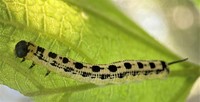
| Recorded by: Dean Furbish on 2023-06-14
Wake Co.
Comment: |
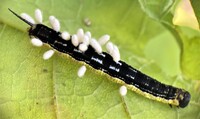
| Recorded by: Dean Furbish on 2022-09-01
Wake Co.
Comment: | 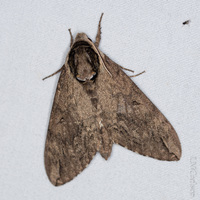
| Recorded by: David George, L. M. Carlson on 2022-07-26
Greene Co.
Comment: |
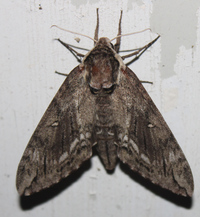
| Recorded by: Vin Stanton on 2022-06-23
Buncombe Co.
Comment: | 
| Recorded by: Richard Teper on 2022-06-16
Macon Co.
Comment: |

| Recorded by: Gary Maness on 2022-06-15
Guilford Co.
Comment: | 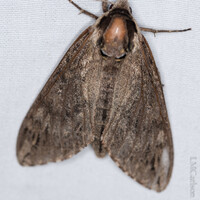
| Recorded by: David George, L.M. Carlson, Becky Watkins on 2022-06-13
Durham Co.
Comment: |
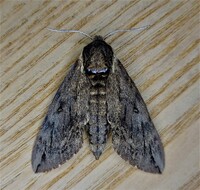
| Recorded by: Gary Maness on 2022-06-04
Guilford Co.
Comment: | 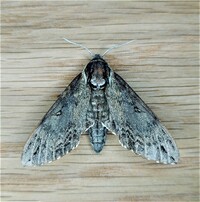
| Recorded by: Gary Maness on 2022-05-31
Guilford Co.
Comment: |
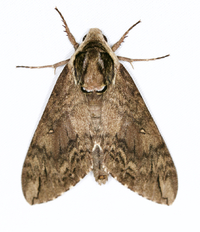
| Recorded by: Jim Petranka on 2022-05-30
Moore Co.
Comment: | 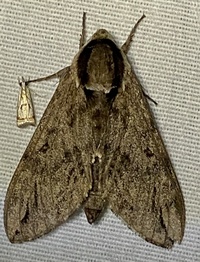
| Recorded by: David George, L. M. Carlson on 2021-09-11
Orange Co.
Comment: |
|

 »
»